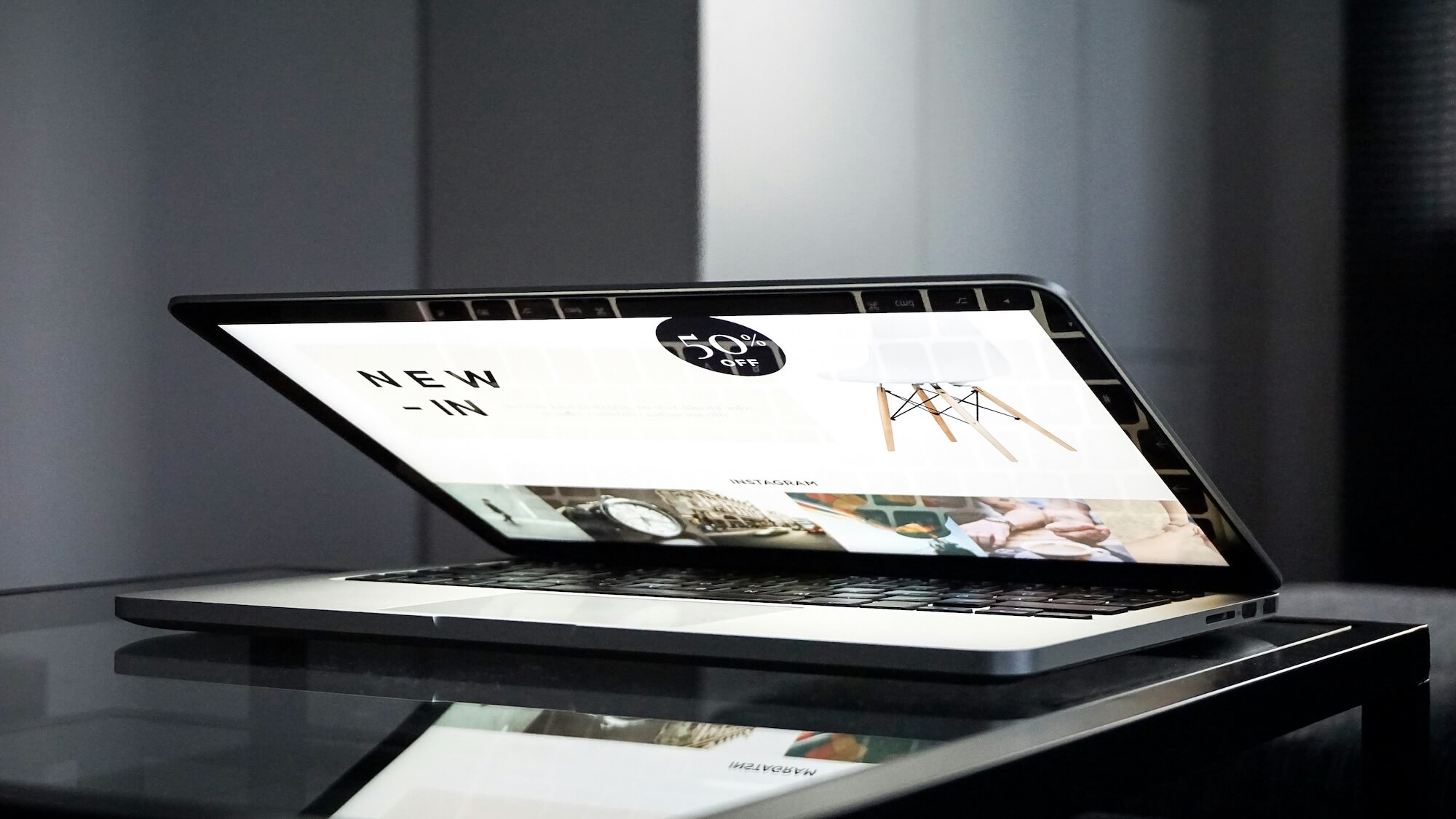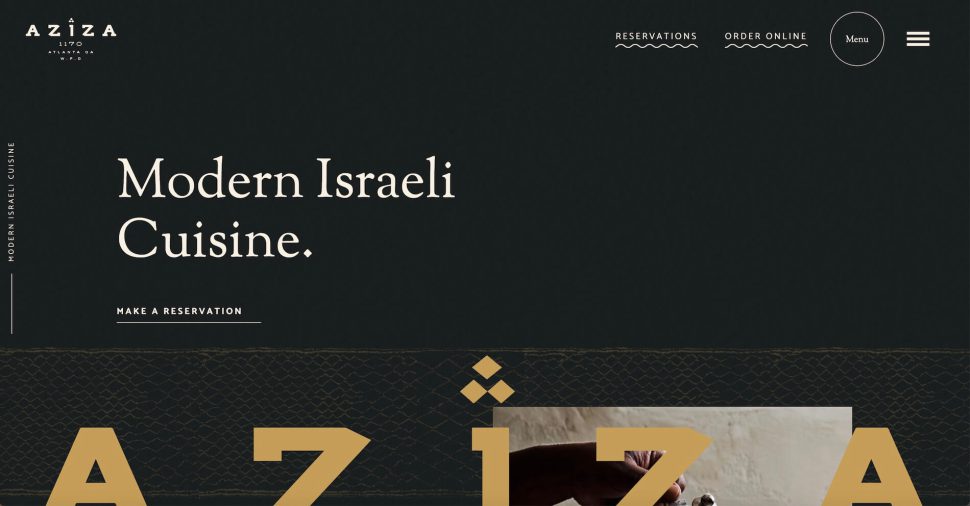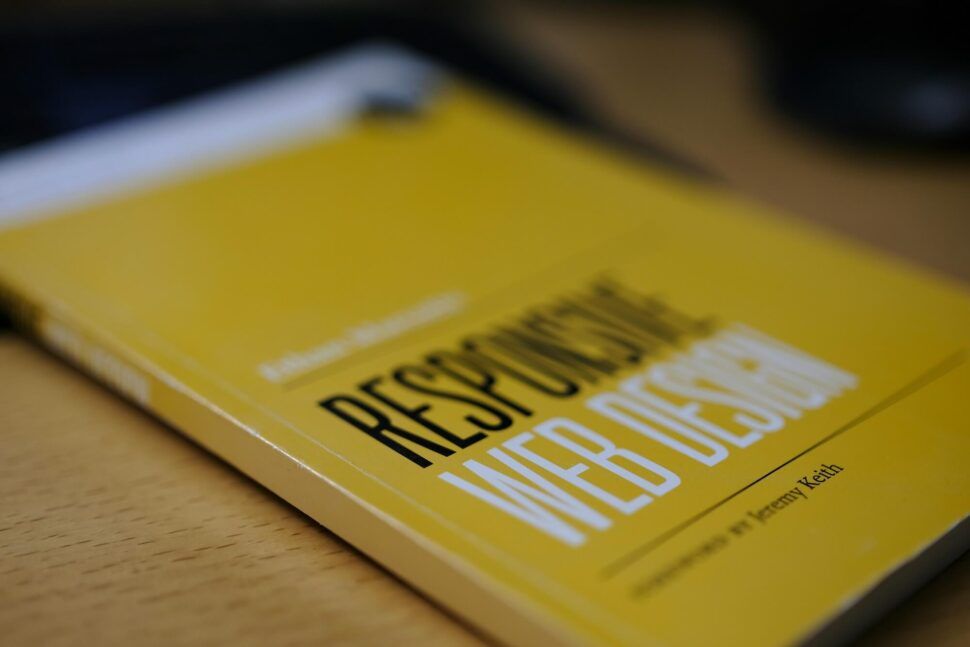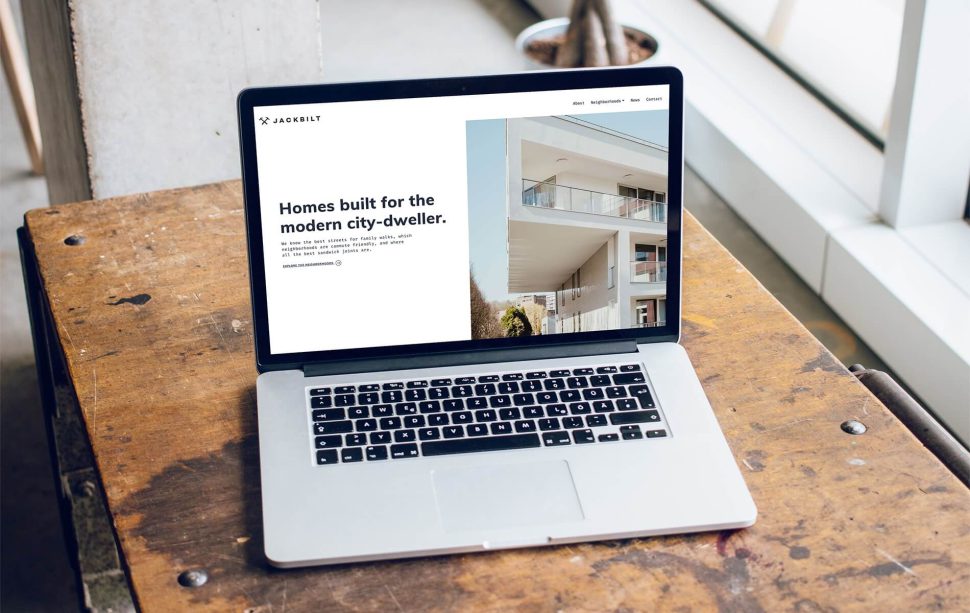October 15, 2025
Website Redesign vs New Website: Which Is Right?
- Visual Soldiers
- Web Development
- minute read

Website Redesign vs New Website: Which Is Right?
When deciding between a website redesign or building a new website, the choice depends on your current website’s condition, your goals, and your resources. Here’s a quick breakdown:
- Redesign: Update your existing site’s look, content, and functionality while keeping the core structure. It’s faster, less expensive, and works well if your site is functional but outdated or needs minor improvements.
- New Website: Start from scratch with new architecture, design, and features. It’s ideal for outdated platforms, major rebranding, or when your current site can’t support growth.
Key Factors to Consider:
- Timeline: Redesigns take 4–12 weeks; new builds take 3–6 months.
- Cost: Redesigns range from $2,000–$50,000; new builds start at $35,000+.
- SEO Impact: Redesigns preserve rankings with proper planning; new builds may see temporary ranking dips but offer long-term benefits.
- Scalability: Redesigns are limited by your current platform; new builds offer more flexibility for growth.
Quick Comparison:
| Factor | Website Redesign | New Website Build |
|---|---|---|
| Cost | $10,000–$50,000 | $35,000–$100,000+ |
| Timeline | 4–12 weeks | 3–6 months |
| SEO Impact | Moderate risk | Higher initial risk |
| Scalability | Limited | Fully scalable |
| Technical Issues | May carry over | Eliminates legacy issues |
If your site functions well but needs updates, a redesign is the way to go. If it’s outdated or holding back growth, a new build is worth the investment.
Website Refresh vs Redesign: When to Walk Away from Your Website
What Is a Website Redesign?
A website redesign involves updating your site’s look, content, and functionality while keeping its core framework intact. Instead of starting from scratch, the goal is to refresh and improve what’s already in place.
This process might include updating your color palette, fonts, or layout to align with current design trends. You could reorganize content for better readability, optimize images to speed up load times, or introduce new features like contact forms or testimonials. It’s about giving your site a fresh, modern feel while keeping its foundation the same.
When to Consider a Website Redesign
Certain signs suggest it might be time for a website redesign. If your site’s design feels outdated, visitors may question your business’s relevance. Performance issues like slow loading speeds, broken links, or poor mobile compatibility can also indicate it’s time for updates. Additionally, if your branding has changed, updating your site ensures it matches your current identity.
As your business grows – whether through new services, market expansions, or efforts to generate more leads – a redesign can help your site keep up. A confusing navigation system or unclear calls-to-action can frustrate users, and addressing these issues through a redesign can make it easier for visitors to achieve their goals.
Time, Cost, and Resources for a Redesign
The time and cost of a website redesign depend on the complexity of the project. Simple visual updates can be completed quickly, while more extensive projects, such as adding new features or reorganizing content, take longer. Costs also vary – smaller updates are generally more affordable, while larger overhauls require a greater investment.
Redesigns typically focus on improving your existing site, using its current backend, content, images, and branding. Since the core infrastructure stays the same, managing technical aspects like hosting and domains is usually straightforward. The main effort goes into updating the design, collecting feedback, and testing new features.
Impact on SEO and User Experience
A redesign can boost your SEO while maintaining your domain authority and search engine rankings. By keeping existing URLs and backlinks intact, you preserve your SEO value. However, it’s crucial to handle changes carefully – adjusting titles, meta descriptions, or URLs without proper redirects can temporarily affect rankings.
From a user experience perspective, redesigns can make a big difference. Improvements like easier navigation, better mobile responsiveness, and a more user-friendly layout help visitors find what they need more efficiently. These updates can increase engagement and conversions while ensuring returning visitors feel comfortable with the changes.
What Is a New Website Build?
A new website build involves creating your online presence from the ground up. Every aspect – architecture, design, functionality, and content – is developed from scratch to align with your business goals and the latest technological advancements.
This process includes selecting a platform or content management system (CMS), crafting a design that reflects your brand identity, integrating custom features tailored to your needs, and organizing content to support your objectives. From the database structure to the user interface, everything is built fresh.
This approach gives you complete control over your website’s technology, security, and architecture. It ensures your site is designed to work seamlessly with your current operations, without the limitations of outdated systems.
When to Choose a New Website
There are specific scenarios where building a new website is the best option:
- Outdated Technology: If your current setup can’t support modern features or compromises security, it’s time for a rebuild. Legacy systems often struggle with integrating new tools and maintaining compatibility.
- Major Rebranding: When your business undergoes a significant transformation – whether it’s a shift in target audience, services, or overall direction – a fresh website is essential to reflect this change.
- Platform Limitations: If your current platform can’t handle increased traffic, lacks essential features like e-commerce, or doesn’t offer room to grow, starting from scratch with a more flexible framework is often more effective.
- Rapid Growth: Fast business expansion can outpace an older website’s capabilities. A new build allows for advanced features like customer portals, complex integrations, and scalable content management systems to support long-term growth.
Time, Cost, and Resources for a New Build
Building a new website requires a significant investment of time, money, and effort. The process often takes several months, with costs varying based on the complexity and specific needs of the project.
Much of the content, imagery, and copy will need to be created from scratch to align with your current business strategies. This approach lets you choose the best technologies, incorporate modern design elements, and create a user experience that wasn’t possible with your old setup. While the initial investment may be substantial, it eliminates technical debt and sets your site up for sustained growth.
Impact on SEO, Scalability, and User Experience
A new website build can impact search engine optimization (SEO) in both positive and challenging ways. Initially, your domain authority and search rankings might fluctuate as search engines adjust to the new structure. However, this is also an opportunity to implement SEO best practices, such as optimizing site speed, creating clear URL structures, and strengthening your technical SEO foundation.
Reindexing and regaining search engine trust can take time – often a few months. But with careful planning, including proper redirects and maintaining consistent content themes, you can minimize disruptions and set the stage for stronger long-term SEO performance.
Custom-built websites are inherently scalable, designed to handle growing traffic, integrate new tools, and support additional features as your business evolves.
A new build also enhances user experience by enabling intuitive navigation, mobile-first designs, and accessibility features that cater to all users. This approach ensures your website can adapt to changing technologies and meet future business needs effectively.
Website Redesign vs New Website Comparison
Deciding between a website redesign and a new build comes down to your specific needs, budget, and timeline.
Comparison Table: Redesign vs New Website
| Factor | Website Redesign | New Website Build |
|---|---|---|
| Cost Range | $10,000 - $50,000 for small to medium sites | $35,000 - $100,000+ for complex builds |
| Timeline | 4-12 weeks | 3-6 months |
| SEO Impact | Moderate risk; can improve with careful planning | Higher initial risk; long-term benefits |
| Scalability | Limited by existing platform constraints | Fully scalable and future-ready |
| Technical Debt | May carry over existing issues | Eliminates legacy problems |
| Content Migration | Most content preserved | Requires a complete content strategy |
| Branding Flexibility | Maintains current brand identity | Complete brand transformation possible |
| Risk Level | Lower risk of major disruptions | Higher complexity but greater control |
These numbers highlight the practical differences in cost, time, and potential outcomes. They’re also a reminder of how much user experience matters. For instance, 38% of users will leave a website if it doesn’t look appealing, and 53% of visits are abandoned if a mobile site takes longer than 3 seconds to load.
Which Approach Fits Your Business Goals?
A redesign is ideal for businesses working with tight budgets or short timelines. If your current website is structurally sound but needs a visual refresh or minor updates, a redesign is a smart choice. For example, one company reduced its bounce rate from 88% to 58% simply by improving its user experience.
On the other hand, a new website build is the better option when your current platform can no longer meet your needs. If your website struggles with mobile responsiveness, search engine optimization, or other key features, starting from scratch can provide a stronger, more adaptable foundation.
Your website’s technical performance can often guide this decision. Poor Core Web Vitals scores, a mobile bounce rate above 70%, or CMS updates that consistently break your layout are clear signs that a new build may be necessary. However, if your site performs well but feels outdated or lacks certain features, a redesign can address these gaps without the need for a full overhaul.
A well-planned website – whether redesigned or newly built – should serve your business effectively for 3–5 years without major issues. Aligning your choice with both immediate needs and long-term goals ensures your investment supports sustainable growth.
Visual Soldiers Solutions for Your Website Needs">Visual Soldiers Solutions for Your Website Needs
Visual Soldiers specializes in crafting solutions that address both website redesigns and brand-new builds, ensuring your online presence is polished and effective.
Services for Website Redesign Projects
When it comes to redesigning websites, Visual Soldiers focuses on giving your site a fresh, modern look. Using cutting-edge UX/UI design practices, they enhance both the appearance and functionality of your site. They also ensure compliance with ADA standards, so your website is not only visually appealing but also accessible to all users. The goal? To update your site while maintaining your brand’s identity and delivering a sleek, contemporary feel.
Complete Solutions for New Website Builds
If you’re starting from scratch, Visual Soldiers offers end-to-end services for new website builds. They begin with a solid foundation in brand strategy and UX design, followed by custom web development tailored to your specific needs. The result is a website that not only represents your brand effectively but also provides an engaging experience for your audience.
Why Choose Visual Soldiers?
Visual Soldiers combines branding expertise, UX design, and custom development into a seamless package that aligns with your business goals. Their team is committed to creating accessible, impactful designs that evolve with your company. Whether you need a redesign or a completely new site, they help you choose the approach that best supports your objectives while delivering a site that stands out.
Book a Discovery CallConclusion
When deciding between a redesign or a new build, it all comes down to your business goals, budget, and timeline. A redesign is often the better choice if your website needs updated visuals, improved user experience, or enhanced mobile responsiveness. It’s typically quicker and more affordable, making it a great option for refreshing your online presence without starting from scratch.
On the other hand, a new build is ideal for websites that are outdated, rely on legacy technology, or no longer support your business’s growth. While it requires more time and investment, a new build gives you complete control over your site’s functionality, design, and future scalability.
This decision isn’t always straightforward. Consider your website’s current performance, technical limitations, and how well it aligns with your brand. Factor in your budget and the urgency of your goals. Both options directly impact SEO and user experience, so careful planning is essential.
Visual Soldiers recognizes that every business has unique needs. By following their proven process, they offer tailored strategies for both redesigns and new builds. Their expertise in branding, UX design, and custom development ensures solutions designed specifically for your goals. The key is making an informed decision based on clear priorities rather than assumptions.
Each approach comes with its own set of advantages and challenges. By assessing your website’s current state and future requirements, you can choose the path that best supports your objectives. With the right strategy and a trusted partner, both redesigns and new builds can elevate your online presence and deliver real business results.
FAQs
If you’re wondering whether your website is holding back your business, start by examining a few critical factors. Does the design look outdated or fail to reflect your brand’s current identity? If so, it might be time to give it a fresh look. Likewise, poor user experience – think clunky navigation, slow loading speeds, or pages that don’t work well on mobile – can frustrate visitors and push them away, signaling the need for a redesign or even a complete rebuild.
Keep an eye on performance metrics like bounce rates, conversion rates, and overall engagement. A website with high bounce rates or low conversions could indicate deeper issues. Additionally, if your site can’t handle new features or requires costly and time-consuming updates, it might make more sense to start from scratch with a rebuild. By evaluating these aspects, you’ll have a clearer picture of whether a redesign or a full rebuild is the best option for your business.
When redesigning your website, protecting your SEO rankings should be a top priority. Start by performing a detailed SEO audit to get a clear picture of your current performance. Focus on key metrics like keyword rankings, traffic levels, and your top-performing pages. These benchmarks will help you track changes and maintain your progress.
If your redesign involves changes to your URL structure, make sure to implement 301 redirects. These will seamlessly guide both users and search engines from the old URLs to the new ones. Keep high-performing content intact whenever possible, and double-check that on-page elements – such as titles, meta descriptions, and headers – are properly optimized. After the redesign, test your site’s speed and ensure it’s mobile-friendly to maintain strong rankings.
By planning thoroughly and keeping SEO at the forefront of your redesign process, you can protect your search visibility and make the transition as smooth as possible.
Deciding between building a brand-new website or redesigning your current one requires a clear understanding of your business’s future needs. A new website build offers the chance to start fresh with up-to-date technology, a modern look, and the flexibility to adapt to future demands. That said, it often comes with a higher upfront cost, takes more time to complete, and requires careful planning to migrate your existing content smoothly.
On the other hand, a redesign is usually quicker and more budget-friendly. It helps you retain your existing SEO rankings and provides a sense of continuity for returning visitors. However, redesigns can be held back by outdated technology or structural limitations, which might prevent you from achieving the full upgrade you’re aiming for.
The best option boils down to your budget, timeline, and whether your current website’s infrastructure can handle your future goals.







